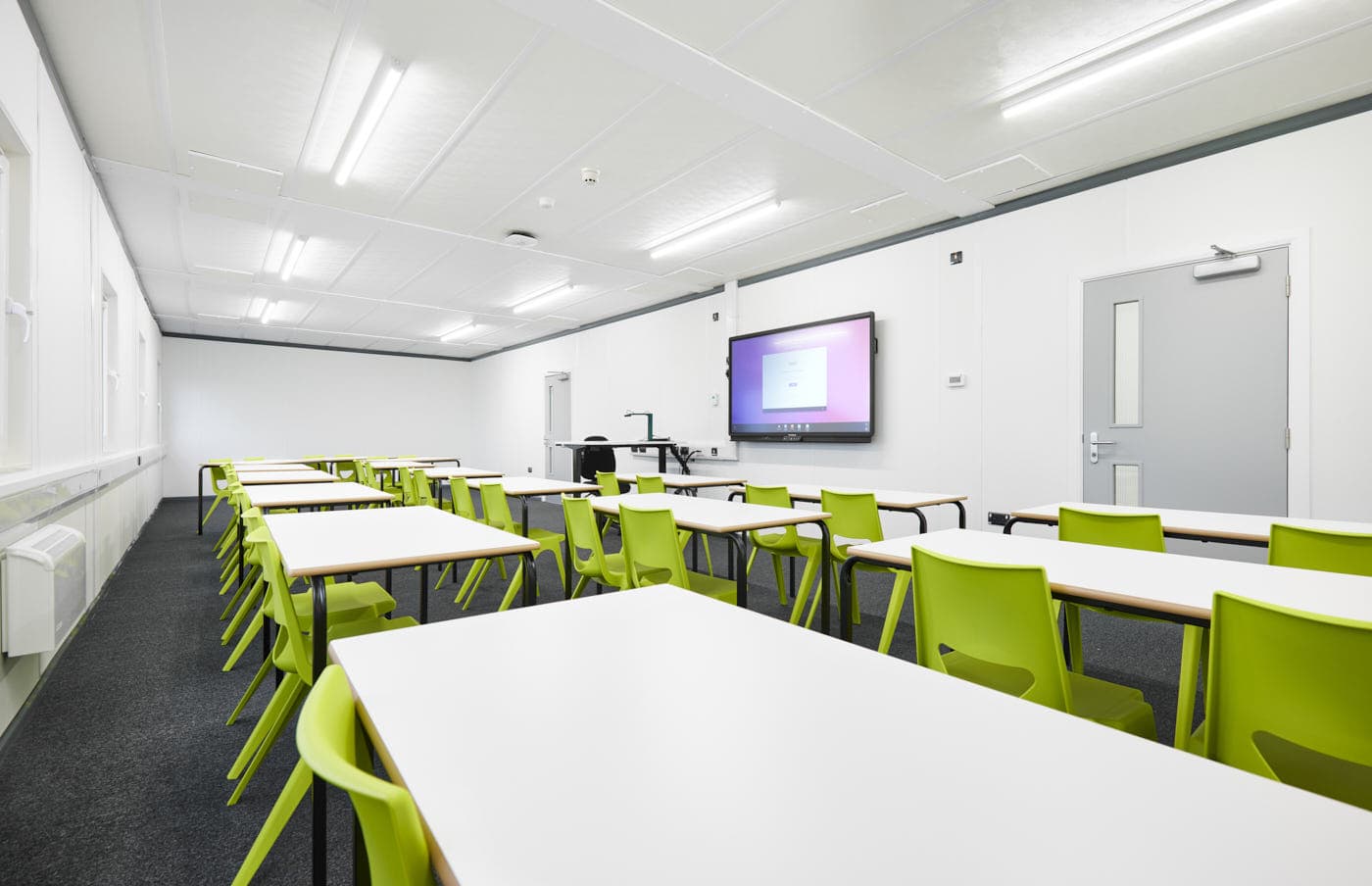The construction industry’s substantial carbon footprint can be attributed to current unsustainable building practices and the energy used to maintain buildings thereafter. According to a report published by the UN, the operation and management of buildings produced a staggering 10 billion tonnes of carbon dioxide emissions in 2022, signaling the need for a greener approach to construction.
Modular construction is one solution, a method that involves the offsite manufacturing of building components. Studies have shown that this method generates up to 45 per cent less emissions than conventional practices. As a design-focused building method that utilises low and zero carbon technologies, modular construction offers a solution to limit the detrimental impact new buildings and facilities have upon the environment and local communities.
Lowering carbon through modular design
The fabric-first approach employed in modular construction prioritises energy efficiency from the outset of the design phase. During this stage, a building’s massing and its orientation are considered to ensure the energy efficiency of modules is optimised. For example, buildings on a south-facing site will be exposed to more sunlight so incorporating more windows will reduce the need for electric lighting.
Even small amendments to the design and manufacturing processes can influence how much operational carbon a building will produce throughout its lifecycle.
The greater accuracy provided by the precision manufacturing involved in modular construction supports the existence of greener design measures further – ie limiting heat loss caused by thermal bridging. Accomplishing this will maximise the efficiency of the building envelope, decrease air permeability and limit energy consumption through heating.
Other energy-efficient design elements that modular construction can easily facilitate include:
- Photovoltaic panels
- Mechanical ventilation with heat recovery
- Rainwater harvesting systems
How can modular construction limit embodied carbon?
Using less carbon-intensive materials when designing and constructing a building is pivotal to limiting its carbon footprint. Materials that emit a lot of embodied carbon, such as reinforced concrete, which has an average of 635kg of embodied carbon per m3, require a significant amount of energy to produce and transport to site. Often used in traditional construction, these materials contribute to the overall embodied carbon of the building.
The offsite element of modular construction eases this burden by using lighter weight products more frequently, cutting down transport emissions, with larger amounts of them able to be conveyed at once. The use of less carbon-intensive materials like timber in modular construction equally helps to limit the embodied carbon of buildings produced via this method.
Precision manufacturing lessens carbon emissions further by limiting both the amount of waste generated and the energy required to cut materials into the correct shape or size. For improved sustainability, Premier Modular ensures zero waste goes to landfill from its factories. It is measures like these that helped Premier Modular become the first non-financial company to achieve an ESG certification.
The ability of modular buildings to be recycled is yet another way this modern method of construction can decrease embodied carbon in the UK’s building landscape. And if this wasn’t enough, recycled modular buildings can also be made bespoke to the specifications of the new owner, lengthening the lifecycle and helping organisations to reduce their footprints.
Looking forward to reducing carbon…
With the climate crisis intensifying year on year, it is important for organisations to choose energy-efficient building solutions where possible. The design for manufacturing and assembly (DFMA) technology involved in modular construction makes this easier to accomplish through its optimisation of material usage and reduction of the energy spent on design adaptations.
It is such energy-efficient practices that will enable modular construction to curb the industry’s growing footprint moving forward and make a real difference to people and the planet.
For more information on Premier Modular’s commitments to sustainability, continue reading here.











